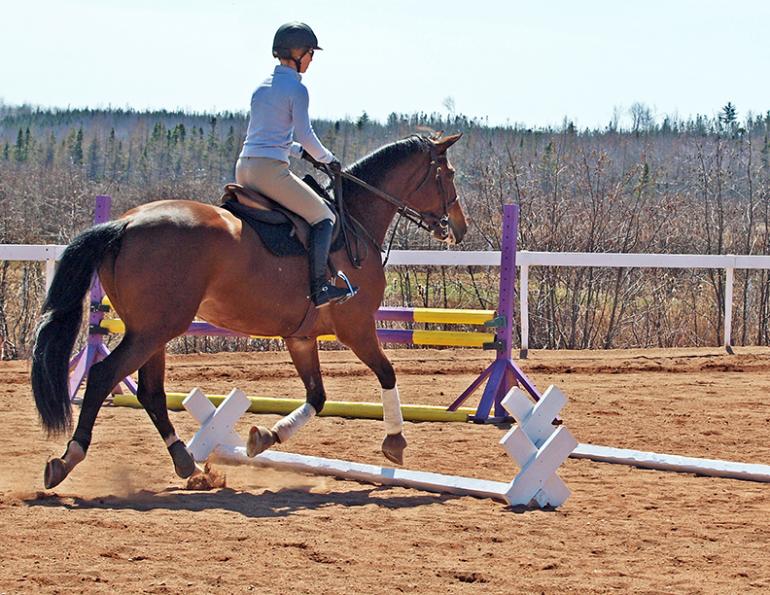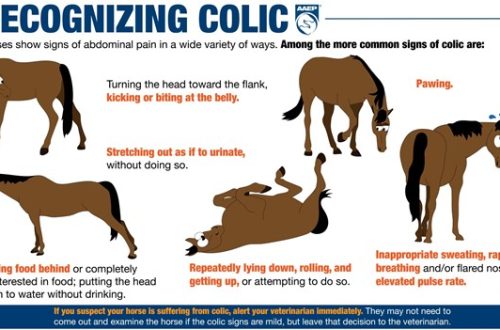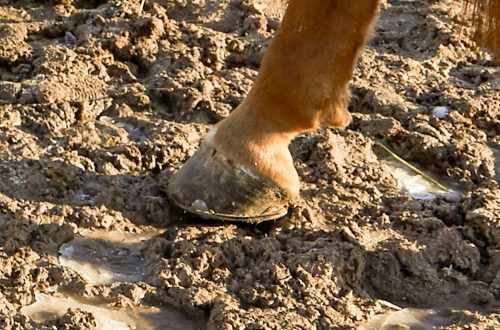
Cavaletti work
Cavaletti work
Cavaletti work is valuable because it improves the balance and balance of the horse, and also teaches him to move from the hindquarters, use the waist and back. This is beneficial not only for show jumpers, but also for dressage riders. It is also important that working on Cavaletti allows you to achieve a noticeable result in a relatively short period of time.
Cavaletti exercises will improve the walk, trot and balance of dressage horses, increasing alertness and self-confidence. For show jumping horses, the benefits of cavaletti also lie in improving balance, but more importantly, it will further teach the horse to protect joints and ligaments from injury. Whatever you do, dressage or show jumping, cavaletti will help your horse become more responsive, controllable, improve its response to the controls, and help you get the necessary physical shape.
Cavaletti are also useful for riders. The show jumper will learn to better calculate the distance to obstacles, and the dressage rider will gain a deeper understanding of balance and contact with the horse. Many riders love the cavaletti as it is a great way to add variety to your workout and avoid a boring routine.
Below are exercises that you can include in your training, as well as the basic safety requirements for their implementation: how to ride, how to protect the horse, how to place the cavaletti.
Getting Started
Security. If you are working without a helmet, then before you start working on the Cavaletti, be sure to put it on. It should become as essential a part of your outfit as leggings, boots, gloves or breeches. By wearing a helmet, you will be able to minimize many risks. If the horse is not yet familiar with cavaletti, he may kick and injure himself, so both the forehand and hindquarters must be protected with boots or bandages. If necessary, bells can also be put on the front.
Cavaletti accommodation. Incorrectly laid out cavaletti can be quite dangerous. Incorrect spacing can cause your horse to step on or trip over them and injure ligaments, tendons, etc. Check the spacing between the poles before each workout. Remember and take into account that during training the horse can move them. The closer the cavaletti are located from each other, the lower they should be. The distance is always adjusted to the individual horse. On average, it is 0,9-1,2 m for the trot and 2,7-3,6 m for the canter.
Job. Cavaletti can be worked in all three gaits. The rider can work at the posting or training trot, as well as at half-stance, at the arena and half-stance – at a canter. It all depends on the result that you are trying to get from training. So, if you want to work on transitions from walk to trot, it’s best to ride in a training position. Before the pole, you make a transition, which should encourage the horse to concentrate. Your task is to look ahead and direct the horse to the center of the “obstacle”. Start with just one pole. This will help the horse to navigate better. If you have not previously used cavaletti mounted above the ground on racks, then lift them one at a time, perhaps only from one end: let the horse figure it out. Do not pinch the horse, do not try to think for him, but gently prompt and guide. Always move the horse forward, making sure he doesn’t lose his rhythm and momentum.
Show Jumping Exercises
Lynx. Work on the cavaletti at the trot stimulates the horse to lift forward and steadily hold the neck and head. In addition, such work relaxes and stretches the horse’s back and makes him more elastic.
Use three to six cavalettis spaced 90 cm apart. To complicate the task, later at a distance of 2,7 – 3,6 m from the last pole it will be possible to add a small obstacle. The height of the cavaletti should not exceed 30-35 cm. At first, the poles can even be simply laid on the ground.
When approaching cavaletti, do not abandon the horse, move it forward more insistently if it is in doubt. Maintain rhythm and momentum, keep contact with your mouth.
Gallop. If your horse doesn’t like to canter left or right, working on a cavaletti will help solve this problem. The horse will learn to gallop off the unloved leg. The exercise consists in performing a figure called “clover”. You pass the cavaletti, then turn, for example, to the left and enter the cavaletti between the two middle poles, passing between them. After that, you turn right and go back to cavaletti. This will improve your horse’s flexibility as well. The poles can lie on the ground or be raised to an average (30-35 cm) height. The distance is standard for a canter. Make sure the horse can walk between the poles without getting caught. Don’t let the horse rush, lose rhythm.
Jumping. This exercise will teach the horse to calmly and evenly enter the obstacle, improve his balance and balance. Install a small cross, put a pole at a distance of 2,7 m in front of it. Next, at a distance of 5,5 m, put a small chukhonets. After the horse starts to calmly overcome these three obstacles, add two more cavaletti at a distance of 3,6 m from each other. Such a row will improve both your own eye and balance.
Bars. This exercise will be especially useful if your horse is accelerating after the first obstacle and you do not have time to get it in order to properly enter the next one. Install two cavaletti side by side, imitating bars, two paces from them, install another “bars”. This should force the horse to be more alert after the first obstacle and eliminate the risk of injury on the high bars. If the horse does start to accelerate, do a half halt after the first cavaletti.
Exercises for dressage couples
Cavaletti can also be included in the daily dressage training program.
Cord. This is a great way to introduce cavaletti to a young horse. First, use the poles lying on the ground. Place 3 to 7 poles in a fan shape. Start with a walk, then bring your horse to a trot. Do not push it, let the animal figure it out on its own.
Eights. This exercise will help improve your horse’s momentum, suppleness and obedience, and it will noticeably improve transitions. The figure eight forces both the horse and the rider to think about the transition in advance. Arrange 4 cavaletti 1,20 m apart in a fan shape. Circle them at a trot, then change direction through a figure-eight and circle 20 meters side by side. During this exercise, perform trot-canter transitions.
Momentum improvement. Arrange 5-7 cavaletti in a row at a distance of 1,20-1,50 m from each other. Trot on the first pole and immediately get your horse into a canter as you exit. This will help you focus on the transition and prepare for it. In this, the rider learns to control and move the horse, and the horse learns to assemble at the transition.
Stride length adjustment. To help the horse widen its stride, place 5 cavaletti 1,50m apart. Go to them at a trot, try to encourage the horse to move wide with your legs. After exiting the Cavaletti, do a 20 meter Volt. Then, near the entrance to the cavaletti, perform a 10-meter circle in training trot. Re-enter the 20 meter volt and widen your steps as you pass through the cavaletti.
Gallop. Cavaletti can also be used to help the horse learn to work the back muscles. However, their maximum height should not exceed 50 cm. When the horse passes the cavaletti, he pushes into the reins, makes contact with you and stretches his neck. Install the bars of two cavaletti, at a distance of 5,50 m. install more alone. Canter onto the first bars, bring your horse into a trot, then canter again and go through the second bars. This exercise will encourage the horse to relax his back and listen to the rider’s commands.
Sharon Biggs translation by Valeria Smirnova





